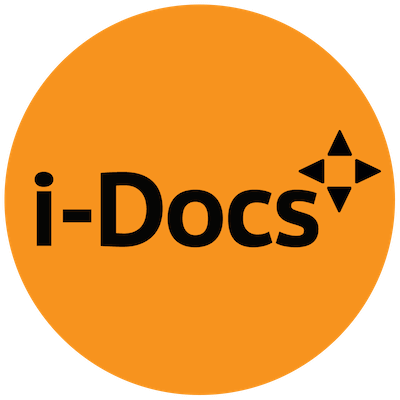Fotis Begklis is an Academic Developer specialising in Technology Enhanced Learning at Goldsmiths, University of London. He is involved in a variety of staff development activities for teaching and learning with technologies in Higher Education.
Fotis holds a BA in Film Direction from Athens School of Cinematography and a PGCE in adult and community education from The Institute of Education and he is finishing his MMus in Ethnomusicoly from SOAS, University of London. Recently completed a PG certificate in distance learning which expanded his interests to include the usage of distance learning and video conferencing in teaching and learning.
Over the last fifteen years has been involved in a wide variety of positions in the media field and has created a wide range of informative, educational and entertaining multimedia projects including: web sites; database-driven applications; banners; games; micro-sites; CD-ROMs; e-learning applications; DVDs; music videos and films.
Session Title: The “Boules” of Naousa, a Living Tradition; Constructing knowledge in multimodal ethnographic research
The custom of Boules (Naousa, Greece) is very old and has survived through modification, simultaneously incorporating local traditions, and myths and legends about the struggle of the community over the last five hundred years. Boules possibly originates from ancient Greece and the Dionysian rituals. The custom of Boules has been performed uninterruptedly from the 19th century. The custom lasts around two weeks and culminates on a big public procession on the last day (always 40 days before Easter). I started going to Naousa and collecting materials in 2008. The initial goal of my research wasn’t so much to learn about the custom of Boules itself but to learn about the people who so obsessively keep this tradition alive.
This interactive documentary which I’m working at the moment and will be ready before the beginning of this year’s celebrations (middle of February) combines geo-tagged videos from the main processions (with google maps) interviews, footage from private and public celebrations, Youtube videos and photos. The interactive documentary is created using the Klynt platform.
Hopefully my project presentation will provide an opportunity to see how “re-mediating” ethnographic materials in a multimodal digital space can create knowledge networks around them in a way that potentially enriches the material and enhances the knowledge transfer or keeps and enriches an old tradition in this context. Creating and transmitting ideas in a form that is visual, linked, interactive, and accessible to a worldwide audience increasingly becomes a kind of second nature and possible the natural way to represent a world that is moving from a unified narrative into a multiplicity of voices.

